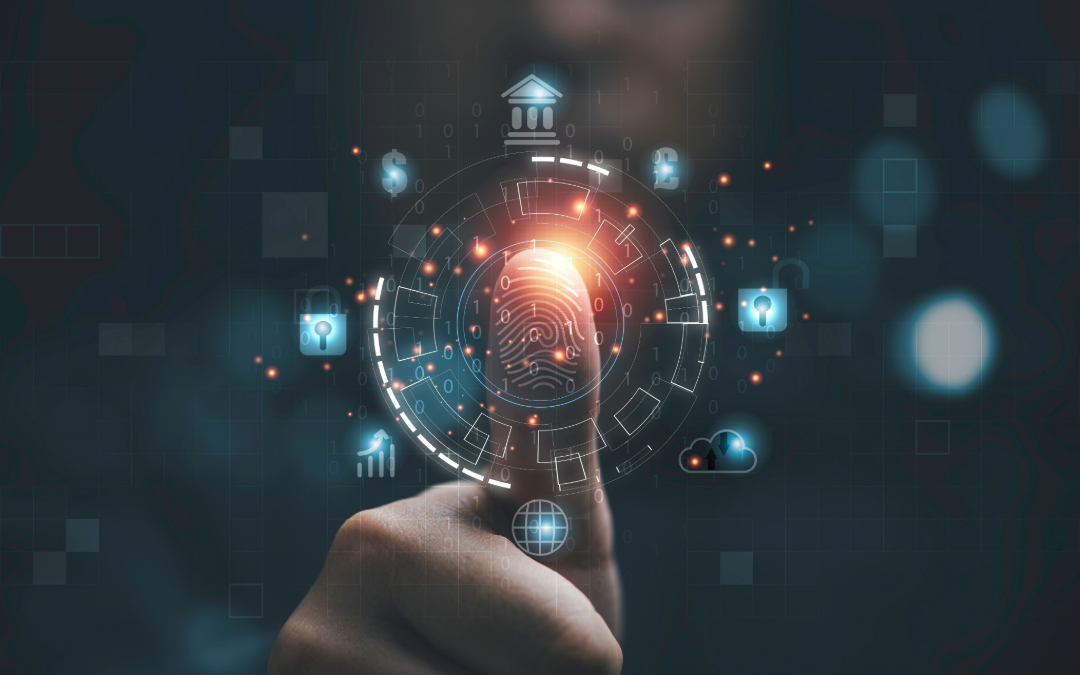
by Ashley Burrus | Jan 9, 2024 | Uncategorized
SentinelOne is on fire in the cybersecurity arena, lighting up the market with a dazzling 14% surge after an impressive quarterly revenue forecast. This bold move positions them as a serious player, taking on the heavyweights like Microsoft and CrowdStrike. Picture...

by Ashley Burrus | Jan 2, 2024 | Uncategorized
In an era dominated by digital landscapes, the prevalence of cyber threats has become a stark reality. A recent report by Comparitech sheds light on a startling revelation: between 2014 and November 2023, the United States government experienced a staggering 1,283...

by Ashley Burrus | Dec 26, 2023 | Uncategorized
In the ever-evolving landscape of cybersecurity, the quest for secure and convenient authentication methods has led to the rise of biometric security. The integration of biometrics, such as fingerprint recognition, facial recognition, and iris scanning, is not just a...

by Ashley Burrus | Dec 18, 2023 | Uncategorized
In the fast-paced realm of sales, where charisma meets strategy, a new star has emerged. Meet Megan Hicks, the dynamic force with her unique blend of tenacity, innovation, and a keen understanding of client needs. As we delve into her journey, it’s clear that...

by Ashley Burrus | Dec 12, 2023 | Uncategorized
As the holiday season approaches, many of us find ourselves on the move, whether it’s heading home to celebrate with family or embarking on a winter getaway. Amidst the excitement of holiday travel, one crucial aspect often overlooked is the potential...

by Ashley Burrus | Dec 4, 2023 | Uncategorized
Life, with its intricate tapestry of experiences, often unveils itself in unexpected turns, leading us down paths we could never have foreseen. Each twist and curve in the road becomes a chapter in our narrative, shaping our character and influencing the stories we...







